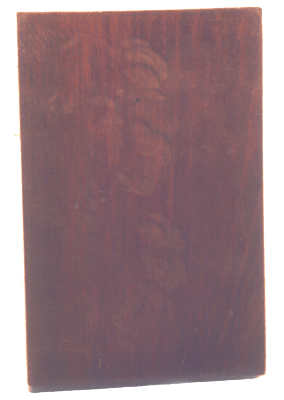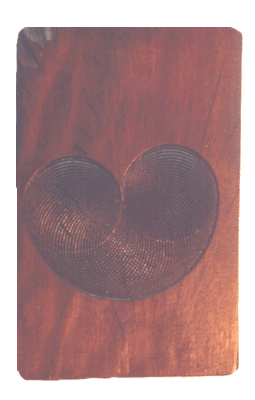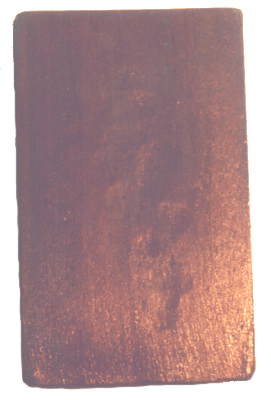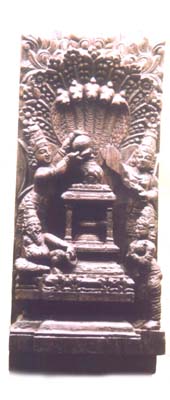 |
South Indian Timbers Plants especially trees
are the companion of man since his appearance on this planet.Glancing through the history of
civilisation one find that forests were closely related to the life of man. The collection and
production of woodlands was in practice during the fourth century BC., about 10,000
years ago. The 'Wood', play a significant role in strengthening the economy of a nation.
'Wood' is made up of a special type of cell called 'Fibre Cell'. These cells contain a white
substance called, 'Cellulose' which appears brown after lignin coating. The fibre cells only
make a timber heavier and stronger. The forest trees which yield wood are broadly categorised
as 'hardwoods' and 'softwoods'. The majority of Indian forest trees like sal, teak,
shisham, eucalyptus etc, are among the hardwoods whereas the needle - leaf trees like
conifers, deodar, pine constitute the softwood group.
|

|
Gluta
travancorica
A large evergreen tree
abundant in the dense, moist forest of the Tirunelveli and Travancore ghats. It belongs to the
family 'Anacardiaceae'. The sapwood of the plant is light-reddish-grey; heart wood is
dark-red, very hard and close - grained, beautifully mottled with dark and light streaks. The
wood is little used, but its splendid colour and markings made it as a valuable wood for
furniture. It is an endemic taxa. The wood is kept in the South Indian Timber show-case in the
Systematic Botany Gallery.
|
| Mesua
ferra
Iron Wood
An evergreen tree,
grows wild in the mountains of Eastern Bengal, the Eastern Himalayas, Assam, Burma, South
India, Ceylon and the Andamans. Also cultivated in other parts of India. It belongs to
the family 'Clusiaceae'. It is an endemic taxa, the 'heart wood' of the plant is dark, red,
extremely hard. It is highly prized for the posts in buildings, bridges, gunstocks and tool
handles. It is displayed under the South Indian Timber show-case in the systematic botany
gallery.
|

|

|
Hopea parviflora
A large handsome tree,
common in both the moist and dry forests of Malabar and South Kanara up to 31,500 feet. It
belongs to the family 'Dipterocarpaceae'. It is an endemic taxa. The plant wood is hard, brown
and closely grained. The wood is hardly known commercially. It is of great value for gun
carriage purposes and it is much valued for temple building purposes. The wood is exhibited in
the South Indian Timber show-case in the Systematic Botany Gallery. |
Wood Carving 'Wood Carving', is a traditional art
of India. Wood Carving has been in vogue since the dawn of civilisation. It has been developed
into an art, down the centuries. Wood Carving is the forerunner of both Sculpture and
Architecture. It has, however been observed that hand carved articles have better aesthetic
value than those prepared by the exclusive use of machines. These articles are noted for their
intricacy of details, elegance and sturdiness. Some of the finest examples of wood carvings
are found in the South Indian Timber show-case in the Systematic Botany Gallery. The wood
carving on display depicts the worship of Sivalinga by Sri Rama. |

|
|

|
|